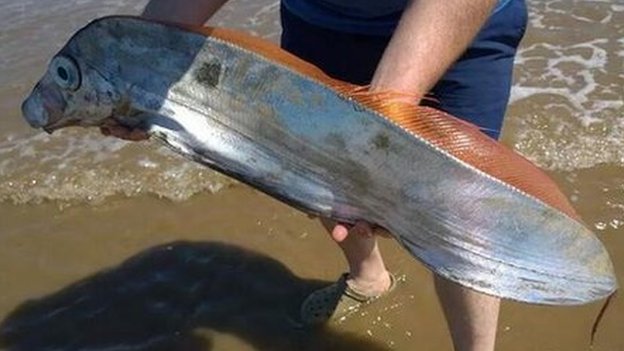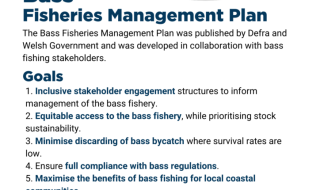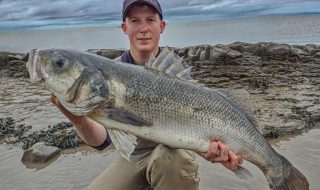A three foot ‘deal fish’ found washed up at Hornsea Beach in Yorkshire is just a baby as the species can grow to over 8ft long.
The fish was found by local resident Allan Dougal, who was able to revive it before allowing it to swim off apparently none the worse for wear.”After clearing its gills of sand it was returned to the sea where it swam away,” he said.
Allan and most observers initially identified it as an oar fish, which can grow over 20ft in length.
But Professor Mike Elliott of the University of Hull says that it did not have the required spikes on its head and it was in fact the similar looking ribbon fish, known around the UK as the deal fish.
These are deep water oceanic creatures – living up to 3000ft below the ocean surface – but do sometimes turn up on the shore, often after gales.
Ribbon Fish
The ribbonfish – known in the UK as the deal fish – are any lampriform fishes in the family Trachipteridae. These pelagic fish are named for their slim, ribbon-like appearance. They are rarely seen alive, as they typically live in deep waters, though are not bottom feeders.They are readily recognized by their anatomy — a long, compressed, tape-like body, short head, narrow mouth and feeble teeth. A high dorsal fin occupies the whole length of the back; an anal fin is absent, and the caudal fin, if present, consists of two fascicles of rays of which the upper is prolonged and directed upwards. The pectoral fins are small, the pelvic fins composed of several rays, or of one long ray only. They have heavy spines along their lateral lines, and numerous lumps in the skin.[1] Ribbonfish possess all the characteristics of fish living at very great depths. Their fins especially, and the membrane connecting them, are of a very delicate and brittle structure. In young ribbonfish, some of the fin-rays are prolonged to an extraordinary degree, and sometimes provided with appendages.Specimens have been taken in the Atlantic, the Mediterranean, the Bay of Bengal, at Mauritius, and in the Pacific. The species from the Atlantic has occurred chiefly on the northern coasts, Iceland, Scandinavia, Orkney, and Scotland. The north Atlantic species is known in English as deal fish, in Icelandic vogmær and Swedish vågmär. Its length is usually 5 to 8 ft (1.5–3.5 m), but it can sometimes be found at over 20 ft. Specimens seem usually to be driven to the shore by gales in winter, and are sometimes left by the tide. S. Nilsson, however, in Scandinavia observed a living specimen in two or three fathoms (4–5 m) of water moving something like a flatfish with one side turned obliquely upwards. A specimen of Trachipterus ishikawae was discovered on a beach in Kenting, Taiwan, in November 2007, alive but with a 10-cm cut wound to its side, and was returned to deeper water.The species Trachipterus ishikawae is commonly called “earthquake fish” in Taiwan because the fish are popularly believed to appear following major earthquake events due to alleged sensitivity to disturbances in the ocean floor. Records of such appearances were made following a 100-year earthquake in Hengchun in late 2006 and in Taidong in 2007, as well as the numerous recent March 2010 sightings along the coast of Japan, but other recorded sightings do not correspond with seismic disturbances.
Source: Wiki






